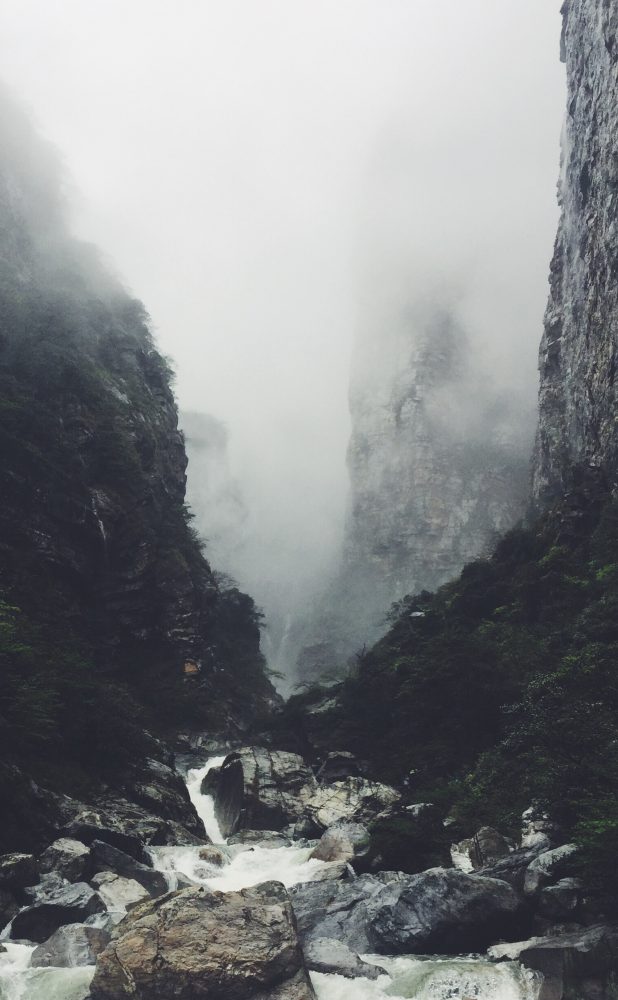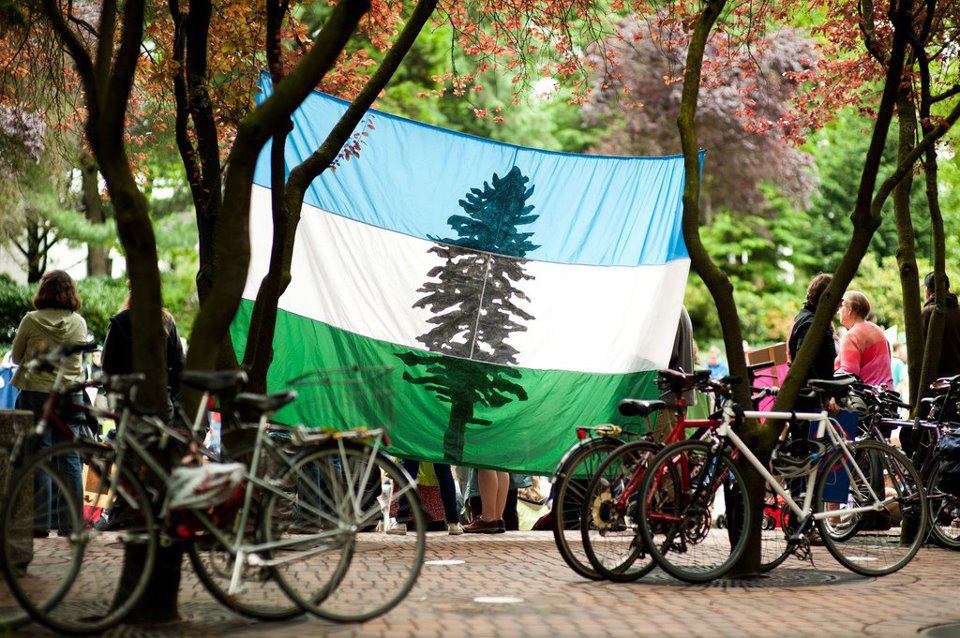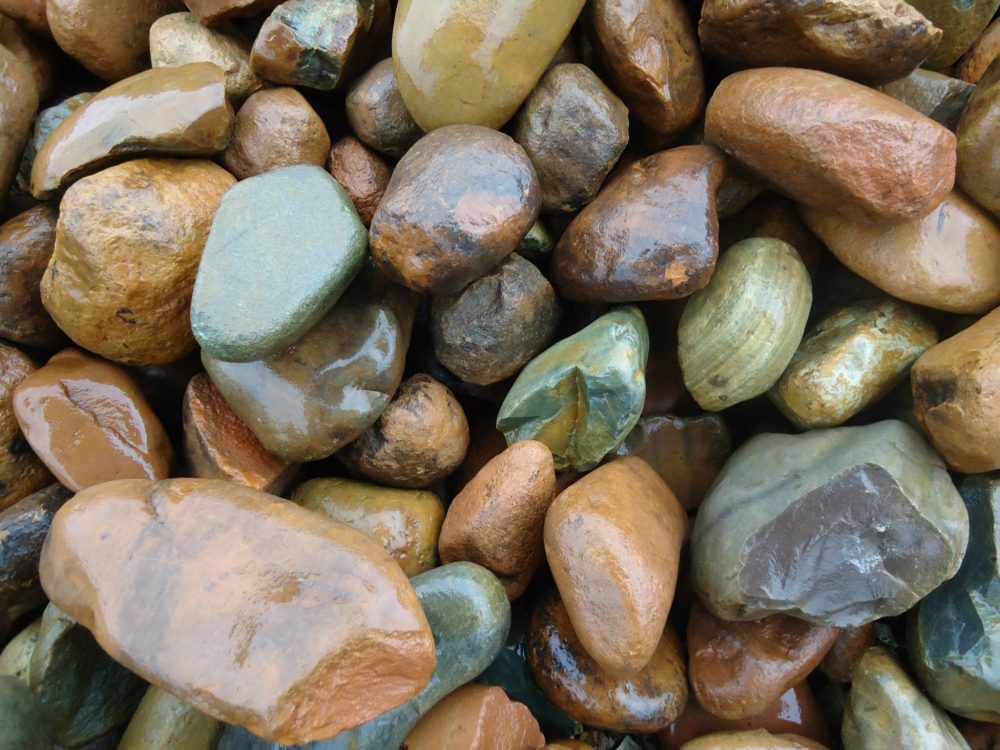Cascadia Culture Week, a celebration for inhabitants of a bioregion that encompasses British Columbia, Washington, Oregon, parts of Idaho, southern Alaska, and northern California, takes place from May 13–21. The concept of Cascadia emerged in the ‘70s and has grown and morphed since its genesis. At its core it embodies a sense of conservancy of community and attention to the interconnectedness of place and living beings.
Bioregion: it’s an area of land, or region, that is defined by its landscape and geographic features. Rather than lines drawn in the dirt, a bioregion tends to be made up of what can clearly be defined as a natural border — like the Pacific Northwest defined by the watershed of the Columbia, the Fraser, and the Snake rivers. In this way, a bioregion is something distinct from conventional national borders.
CascadiaNow!, an organization putting on some events during the Culture Week, encourages Cascadians to appreciate and talk about the many common cultural values and traditions throughout the region. Brandon Letsinger, founder and director of CascadiaNow!, discovered this bioregional idea in 2005 while studying at Seattle Central Community College. He kept working with the idea, because to him it perfectly encapsulated a vision for the Pacific Northwest.
“We’re a not-for-profit, non-governmental organization. Basically what we work to do is highlight and raise awareness of Cascadia and Bioregionalism,” Letsinger told The Cascade. “More than that, we kind of term ourselves as your local interdependence movement. So we really focus on building a positive and inclusive social and cultural movement to empower every person to be active about what they care about.”
Bioregionalism argues that the cultural and natural boundaries that compose an area are a more effective representation of place than the edges determined by political outcomes. This is a view that may stem from “deep ecology,” a term which Norwegian philosopher Arne Naess used in the ‘70s in reference to a primordial interdependence of living beings. He thought of deep ecology as a kind of self-realization, to see that each of us is an integral part of a whole ecosphere.

While CascadiaNow! began in 2005 as a separatist movement which aimed to section off Cascadia from the U.S.A. and Canada to become its own country, it’s taken on new ideals as it became more rooted in bioregionalism. If Cascadia was its own country though, its population would be about 15,500,000–17,000,000. The midpoint of 16,250,000 would place Cascadia as the 71st most populated country, right behind Zimbabwe.
“If we had that vote tomorrow, say we just broke off — we’d be facing the same issues that we’re facing today. We’d be facing the same levels of homelessness, same levels of poverty, same issues with gentrification,” Letsinger remarked. “So Cascadian bioregionalism is really about building the systems that we want to see regardless.”
Letsinger said that the focus is to think of the region holistically. While part of that is to think of the bioregion autonomously, the priority is to build into the culture, “we’d much rather be out in our communities right now making that change happen rather than waiting for someone else to do it” he said.
David McCloskey, one of the early Cascadia bioregionalists and professor at Seattle university, was the first to place May 18 as Cascadia day. He chose the day because it’s the anniversary of Mount St. Helens’ major eruption in 1980. St. Helens is one of many volcanos in the Cascade range, serving as a humbling reminder that a bioregion is something we have in common across multiple states and provinces.
Letsinger suggested that despite international borders, Cascadia will always share similar problems. It would make sense to pool resources and work together to combat natural disasters and climate change.
“If there’s a forest fire, it concerns all of us. If Seattle is polluting into the Salish Sea and Vancouver is polluting into the Salish Sea, that affects both of us. Just as if there’s an earthquake,” he continued. “Just because there’s an international border which is only a line drawn on a map, it doesn’t mean that we don’t share the same watershed.”

During culture week, many people host potluck gatherings to strengthen the community bonds of Cascadians. Letsinger said CascadiaNow! does presentations on Cascadia, hosts art making events, and a “guerilla art night”. A whole day will be focused on environmental and climate change issues, panel discussions, presentations, and they’ll do a fundraiser and silent auction.
“Sunday, the 21st, will be our big closing of Culture Week. So we’ll have a celebration with a couple hundred people and projects and all the rest of it, where we’ll probably have trainings, talk about what Cascadia is, how to get involved, but then also have artists making art, musicians playing music.”
Culture really does arise organically in accordance with the nature of the landscape we live in. Letsinger noted that, “if you look at the native people’s, pre-settler context, even their language groups form the Cascadia bioregion, because it’s a natural thing. This idea that culture stems from place is a powerful one.”
Cascadia is home to mega corporations Amazon, Starbucks, and Microsoft, and a wide array of others. Vancouver has long been a booming centre of activity for the film industry. Letsinger is excited about the focus on the idea that Cascadia is something that already exists and it’s here.
“What’s really powerful too is it’s an idea that’s being picked up by people at all levels of government and organizations and businesses.”
Letsinger thinks that one of the most important aspects of Cascadia is the idea of bringing it here now, because it already exists whether it’s a massive political movement or not.
“We’ve done a great job educating and raising awareness about Cascadia but I think there’s still a lot of misconceptions, and as people get rooted with the idea of bioregionalism, the excitement goes up because it’s actually a much deeper philosophy than just a political or social movement, or just a beer or soccer team.”
Being home to many kinds of artists, Cascadia inspires its own brands of creative dynamism. You can experience its spirit in reading poetry, seeing paintings, hearing music, or going for a walk outside and talking to people. As Brandon Letsinger observes: “Culture is the sum of our interpersonal interactions. So that’s why we really focus on culture. It’s food, it’s music, it’s all of our actions and activities that we want to shift to more of a local level.”
In a culture where technology and busy lives can increase disconnection and fragmentation from each other and the land, it is thoughtful attention to the place that we live in, and how we’re connected to it that creates active community, and conserves symbiotic communication.
The Cascade Mountain Range early on was called “the mountains by the Cascades,” referring to the falling waters of the Columbia river. The website for the Cascadia-Institute calls the region “Land of Falling Waters”. In their Cascadia overview, it is called a land of “Mountains and Rivers Without End”, what poet Gary Snyder, who grew up in Washington state, titled his epic poem. 
Humans, being made up of something like 50-65% water, have the Cascades flowing within. We trek through the mountains, and the rivers travel through us. Cultural attitudes and values in Cascadia have arisen out of interactions between us and the place we share. Living in such a beautiful environment of mountains within mountains and cascades within cascades, and abundant plants and wildlife, it’s only natural that there is so much enthusiasm for environmental concerns. Along with those greener values being encouraged and acknowledged by multitudes of people, business and politics organically lean toward the same respects. With the realization of biological interdependence, all positions in the political spectrum are developing a greater reverence for our kinship with the biosphere.
Proponents of eco-capitalism have been called Blue-Green, an idea that sprouted in the 1960’s revolving around the notion that there is not a need to dismantle capitalism but merely to become educated about how there is capital existing and produced in nature. The ecosystem itself is in a constant state of productivity, on which all of our productivity depends. This is true whether or not Cascadia is ever put into political motion, and regardless of whether one might consider themselves liberal, conservative, or otherwise.
Cascadia is an empowering approach to communicating about the matters that we care about. It offers some perspective into how many of the things that we value tend to come back to reliance on the deep ecology that connects us all. With Cascadia Culture Week we can remember that each of us has a voice that can potentially influence the whole, and strengthen feelings of gratitude and pride to be Cascadians. This place exists and is our home regardless of what additional boundaries are imposed on it. Being alive is inevitably a group project, so remembering the common ground that transcends our disparity is a cardinal means of collaborating to maintain society.


